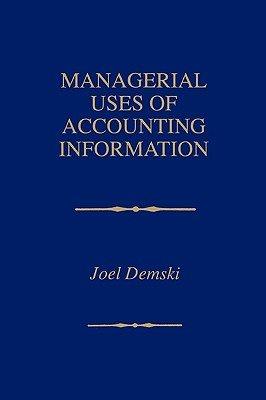sourcing Ralph is Chief Procurement Officer for a large metropolitan area in the North East. This is
Question:
sourcing Ralph is Chief Procurement Officer for a large metropolitan area in the North East. This is a political appointment. Ralph is presently working on a water purification project. The quality of the area's water supply has declined, and Ralph must provide additional purification facilities. It is politically unacceptable to shut down the present water supply.
Ralph is trying to decide whether to work with the region' s present purification eontractor or bring in a weIl known, reputable West Coast contractor. To try and give some structure to this problem, Ralph decides to play with a hypothetical model. In this setting, the in-place firm will have a cost of meeting the additional purification requirements of 100 or 200 (million) dollars, while the replacement firm will have a eost of 190 or 210 (million). Each firm knows its own eost but not its eompetitor's. And Ralph knows only that the four eost events of 100/190, 100/210, 200/190, and 200/210 are equally likely. Either firm will provide the necessary purification for eost and will refuse any offer that places them in a loss position.
Ralph cannot ex post observe either firm' s actual eost. (In reality an accounting report would be available, but each firm has numerous projects and can use various allocation techniques to obfuscate any serious enquiry into its eost structure.) Were it not for the seeond firm, Ralph would have to offer the in-place firm 200 (which would provide slack if cost is low) or 100 (which would lead to shutdown if eost is high). The political aspects beeome important here, because the water must be purified. Thus, the second option is unavailable and Ralph must simply pay 200 under these circumstances.
Consider the following mechanism. First offer the in-place firm 100. If this is accepted, the game is over. If it is rejected, offer the eompetitor firm 210. (You should verify that this mechanism is superior to either of the interesting options for eontracting with only the in-place firm.)
Ralph is delighted and shows the analysis to the region' s Board of Supervisors.
One of the supervisors makes the following observation. With probability 1/4 we wind up in the 200/190 event and eontract with the low-cost producer but pay an excessive amount of21O - 190; and ifthat' s not bad enough, with probability 1/4 we wind up in the 200/210 event and actually eontract with the ineffieient producer.
This is wonderful for the press. How would we explain overpayment orengagement of the high-eost producer?
Wbat should Ralph say?
AppendixLO1
Step by Step Answer:






